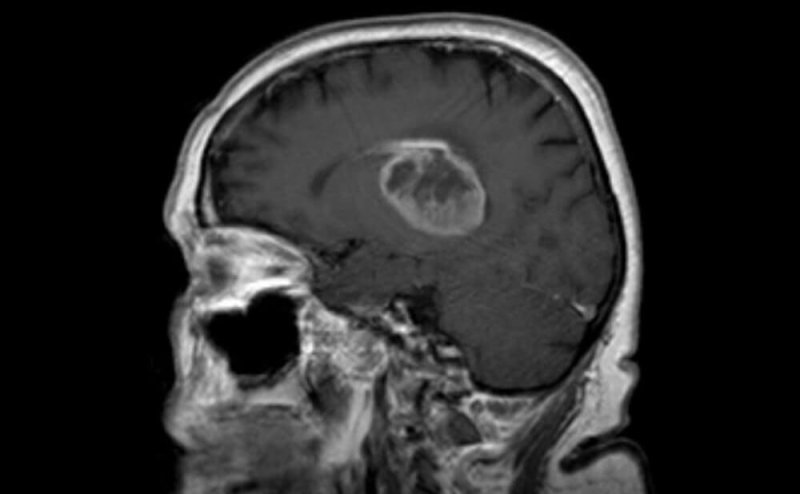The most common form of malignant brain cancer—called a glioblastoma—is notoriously wily and considered the deadliest human cancer.
…
[R]esearchers have concocted a glioblastoma-on-a-chip. Chip-based models of various organs and diseases—including many cancers—have debuted in the last few years. They are constructed by lining a plastic microchip with live human cells that mimic a particular organ or disease in order to simplify, cheapen and increase the efficiency of drug testing.…
The new report of a chip from researchers in South Korea may represent the most advanced ex vivo model of a glioblastoma to date. The authors used bioprinting technology to put brain tumor cells from human patients on the chip alongside blood vessel.
…
The new model successfully mimicked the treatment responses seen in the patients from which the tumor samples were derived. Chip tumors from patients highly resistant to the standard glioblastoma treatment regimen—radiation combined with temozolomide—did not respond to therapy. Tumors printed from less resistant patients were, in turn, found to be more responsive to treatment.
“To the best of my knowledge, we have bioprinted cancer-on-a-chip for the first time,” says [researcher] Dong-Woo Cho.
Read full, original post: New Strategies Take On the Worst Cancer—Glioblastoma































